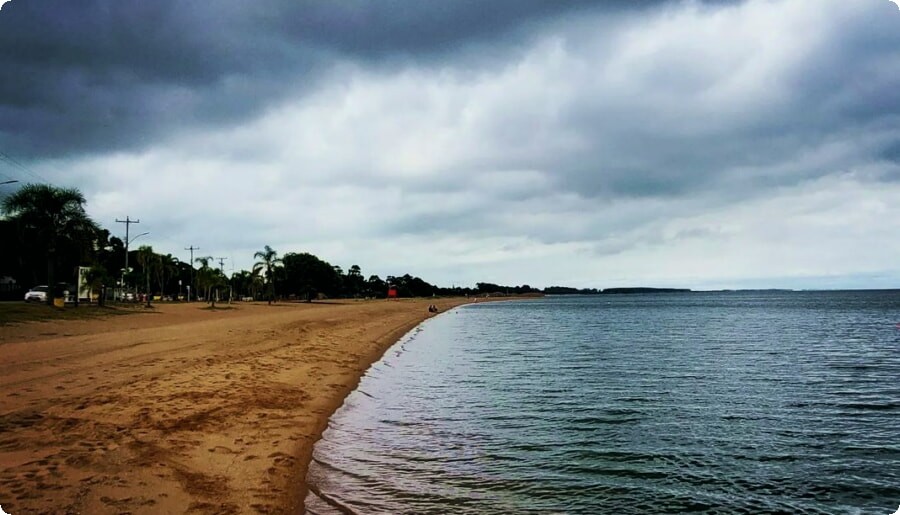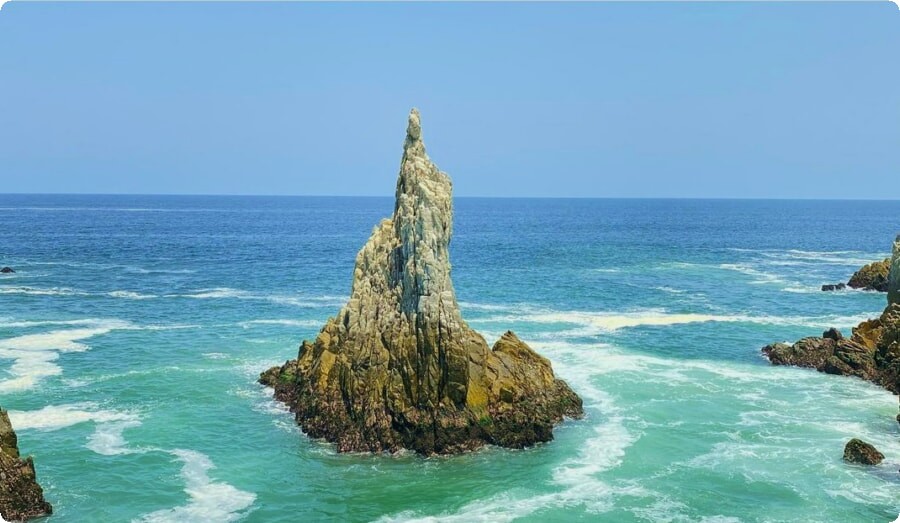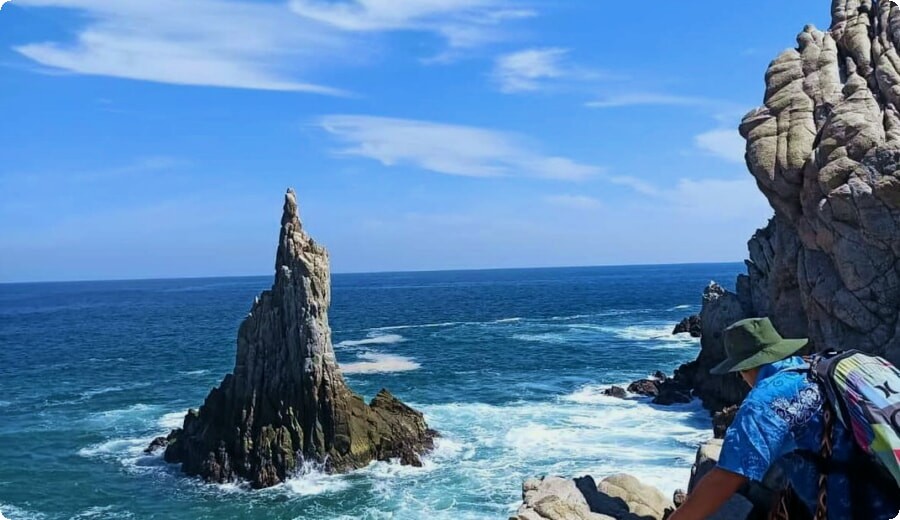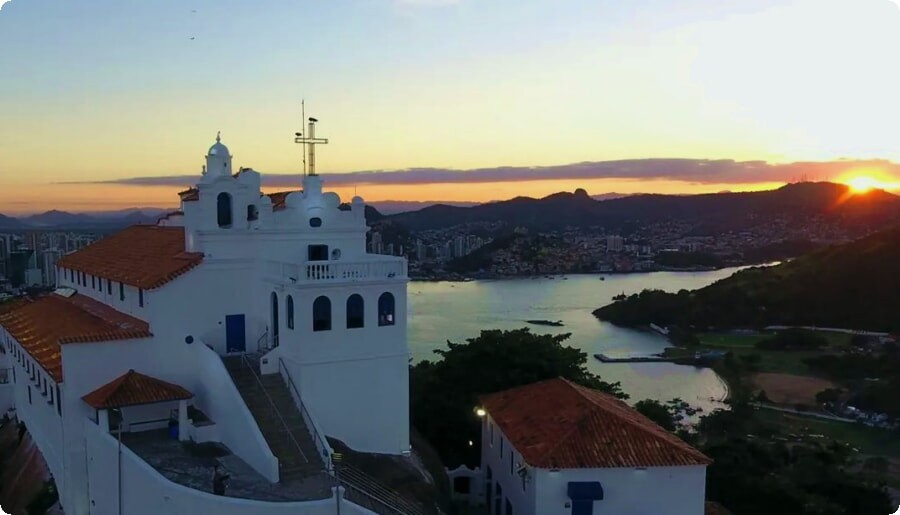7 Most Famous Sights in Brazil
Brazil boasts some of the world's most iconic landmarks. Visit some of these top attractions and you'll quickly understand why this Latin American nation has become one of the top travel destinations in South America. No visit to Rio de Janeiro would be complete without seeing the majestic Christ the Redeemer statue. This Art Deco icon towers 700 m over the city, providing breathtaking views of its surroundings.

1. Iguacu Falls
Iguacu Falls are situated within Iguacu National Park in Brazil and are a World Heritage site. While you can visit year-round, for optimal enjoyment it's recommended to visit during cooler winter months between May and September when there's less crowding. To get the best view of the falls, consider taking a day trip from either Foz do Iguacu or Puerto Iguazu. It's an affordable tour and you'll have your guide with you throughout the entire day to point out any sights that might have been overlooked.

For a more energetic day, try jet boating or rappelling for some thrilling adrenaline rush. These activities are popular and perfect for families with children. Another option is visiting Parque das Aves, Latin America's largest bird park. Here you can observe vibrant toucans, macaws and more up close! Iguazu Falls are a UNESCO World Heritage site situated within Iguacu National Park on the border between Argentina and Brazil. As such, it has become a popular tourist and local destination alike - something which is easy to understand why.

2. Mount Roraima
Mount Roraima is one of the world's highest table mountains, situated along the trilateral border between Brazil, Venezuela and Guyana. It also forms part of Pakaraima chain of tepuis or plateaux which are believed to be some of Earth's oldest rock formations. This mountain is surrounded by towering cliffs that form impenetrable vertical rock faces that can reach 1,000 meters tall. Numerous waterfalls spill from its sides, such as Angel Falls.

Roraima's summit boasts an abundance of flora that is unique to its tepui plateau, such as endemic pitcher plants and Rapatea heather. This remarkable place should be on every explorer's bucket list. Much of its flora is endemic, meaning it cannot be found elsewhere on Earth. Roraima is also home to many carnivorous plants that prey on insects. Due to the constant rainfall, little soil remains on the summit's bare sandstone plateau. English botanist Everard Im Thurn made the first major climb of this major tepui in 1884, which served as inspiration for Sir Arthur Conan Doyle's novel The Lost World. Unfortunately, this ascent can be extremely challenging and only experienced climbers should attempt it.

3. The Pantanal
The Pantanal is the world's largest tropical wetland, home to some of the most captivating wildlife. Primarily situated in Mato Grosso do Sul, it reaches into Bolivia and Paraguay as well. This vast region is divided into distinct sub-regions, each with their own flora and fauna. Commonly referred to as "The Great Swamp", this lush area offers an amazing experience for visitors. Here, you'll find jaguars, hyacinth macaws and giant river otters in their natural environment - making it a must-visit for any nature enthusiast.

In addition to jaguars, the Pantanal is home to a variety of animals such as Brazilian tapir, marsh deer and giant anteater that you can view from boats or horseback during a safari. The Pantanal is an idyllic destination for those seeking a break from city life and some outdoor adventure. To maximize your holiday enjoyment, it's essential to understand the region's ecosystem and how to work together with it.

4. Lagoa dos Patos
Lagoa dos Patos is the largest lagoon in South America and second-largest lake in Brazil, situated in Rio Grande do Sul. At 174 miles long and 44 miles wide, its area measures roughly 3,900 square kilometers. Lagoa dos Patos was formed by an ancient depression on the Atlantic coastline that became isolated over time by sand beaches. The waters here are shaped by tides and brackish water from the Rio Grande outlet.

This Proba-V image captures part of Lagoa dos Patos in Rio Grande do Sul, Brazil. This view was acquired on February 6th 2014 from within the instrument swath at 100 m resolution. Another iconic landmark that you should not miss when in Brazil is the Niteroi Contemporary Art Museum, which looks like a flying saucer has crashed on top of a cliff face. Constructed by visionary Brazilian architect Oscar Niemeyer, this futuristic building houses an array of cutting-edge exhibitions.
5. El Dedo de Dios
El Dedo de Dios, also known as The Finger of God, is an iconic rock formation in Brazil that resembles a hand with its index finger pointing upwards toward the sky. It has become one of the country's most beloved landmarks and draws hikers, climbers and thrill seekers from around the globe. Teresopolis, Brazil boasts this majestic granite peak that draws hikers and climbers to explore its rugged edge. Established as Brazil's third national park, it's certainly worth taking time out of your day to check it out for yourself.

The Lencois Maranhenses National Park should be on every traveller's bucket list when visiting Brazil. It boasts miles of white sand dunes and vibrant blue lagoons. Hercules is also home to the Lencois National Museum, which should not be missed during your stay. This neoclassical building houses an impressive collection of art and culture that will surely leave a lasting impression on any visitor. Brasilia is considered to be Latin America's most modern capital, boasting interesting architecture and government buildings that will captivate history buffs. Notable among these landmarks is its impressive cathedral made up of 16 concrete columns topped with a glass roof.

Penha Convent, situated in Vila Velha, Espirito Santo, is a must-see attraction for visitors to the state. More than just another church, it represents the true heritage of Espirito Santo and provides insight into both its natural splendors and rich history. A must-visit for anyone interested in discovering Espirito Santo's culture and natural splendors better. Espirito Santo is home to Ibirapuera Park, designed by Brazilian landscape architect Roberto Burle Marx and featuring buildings designed by Oscar Niemeyer.


Bonito is Brazil's eco-tourism capital and a mecca for adventurers. Boasting stunning rivers, waterfalls, and exotic wildlife, this is the ideal spot to get your fill of nature's best experiences. Bonito, Brazil boasts the 76 square mile Serra da Bodoquena National Park as well as numerous water activities like snorkeling and rafting, ziplining and scuba diving. But perhaps its most iconic attraction is the crystalline Prata River; an idyllic snorkeling spot with calm shallow waters home to abundant aquatic life.

